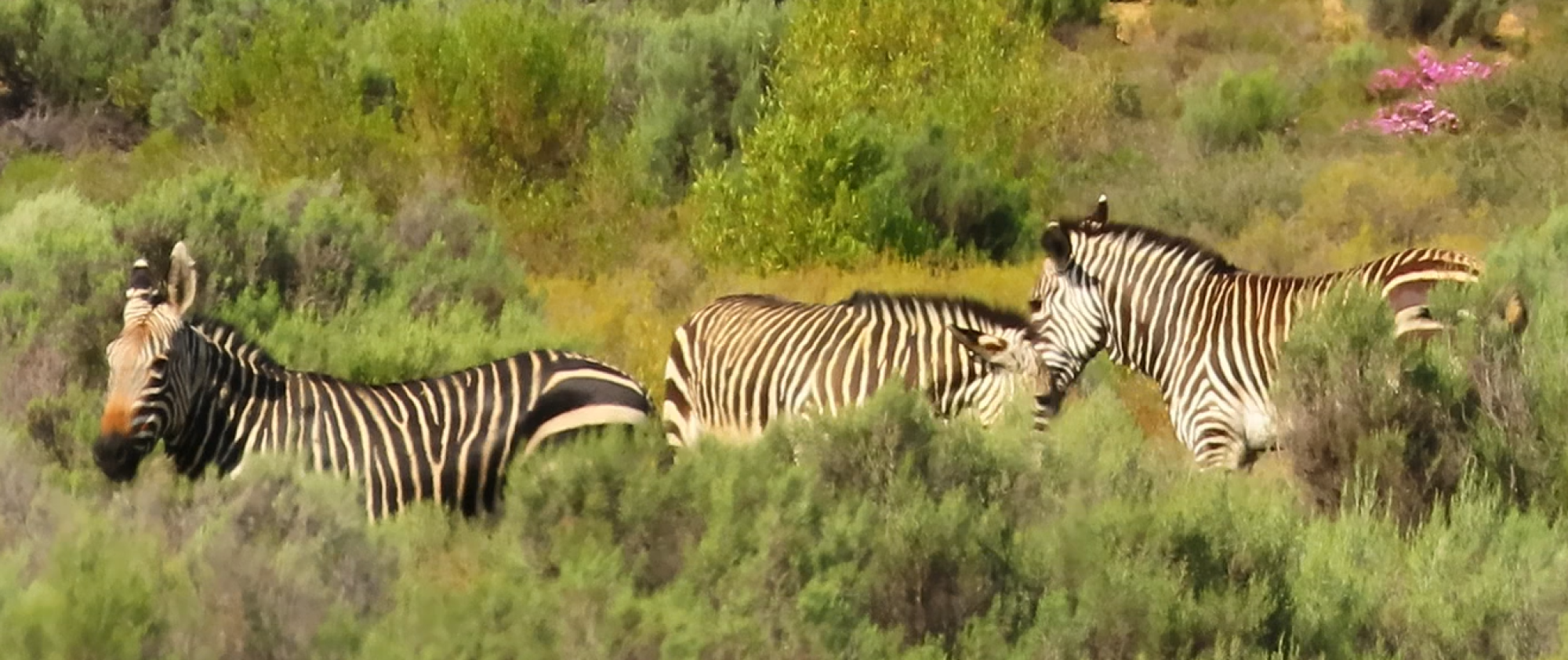
Historic translocation marks major success for Cape mountain zebra genetic mixing programme
A major conservation milestone was reached with the successful translocation of Cape mountain zebras (CMZ) to Zebraskop. This project aimed to mix three CMZ lineages—Gamkaberg, Kammanassie, and Cradock. After delays caused by the COVID-19 pandemic and several logistical challenges, the operation was finally completed on September 6, 2024.
The translocation effort was designed to enhance genetic diversity within the CMZ population. Preparatory steps included clearing the Zebraskop release camp of other game and ostriches to create a safe environment for the zebras.
The translocation process began with the removal of other game and ostriches from the release camp on Zebraskop. This preparatory step was essential to ensure a safe and controlled environment for the CMZ. The operation’s complexity was highlighted by the need to move five CMZ individuals from four different locations — Appelsfontein, Noll, Vlakteplaas, and Leeublad — situated in the Gamkaberg and Kammanassie Nature Reserves.
The team managed to successfully translocate one zebra, KCMZ_045, who had previously rejoined a herd of cattle after being taken back to Kammanassie NR. KCMZ_045 was safely moved to Zebraskop and settled in with three cattle, providing companionship until the remaining CMZ could join her.
A further two zebra, stallion GB01 and mare KCMZ_102, were successfully translocated to Zebraskop by the team. The success of this operation was further confirmed when, on the morning following their release, GB01 and KCMZ_102 were seen together and briefly reunited with KCMZ_045 in the afternoon. This is particularly noteworthy given that KCMZ_102 had been isolated from other Cape mountain zebra for nearly nine years.
CapeNature extends its thanks to WWF-SA for funding the operation and to the landowners for their crucial support. This successful translocation is a major step forward in increasing genetic diversity and securing the future of the Cape mountain zebra population.


Related News
How can I assist you today?
How can I assist you today?




